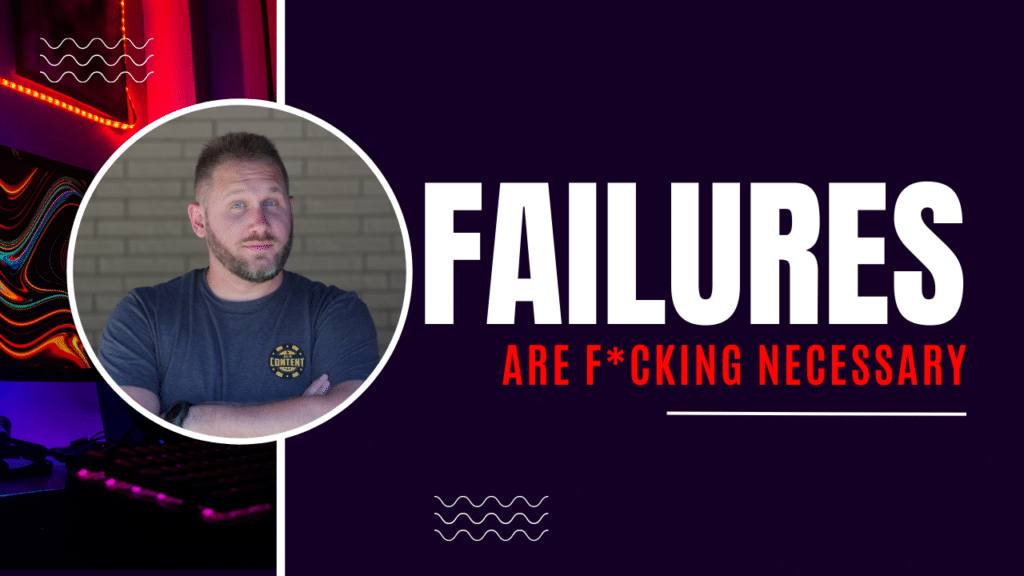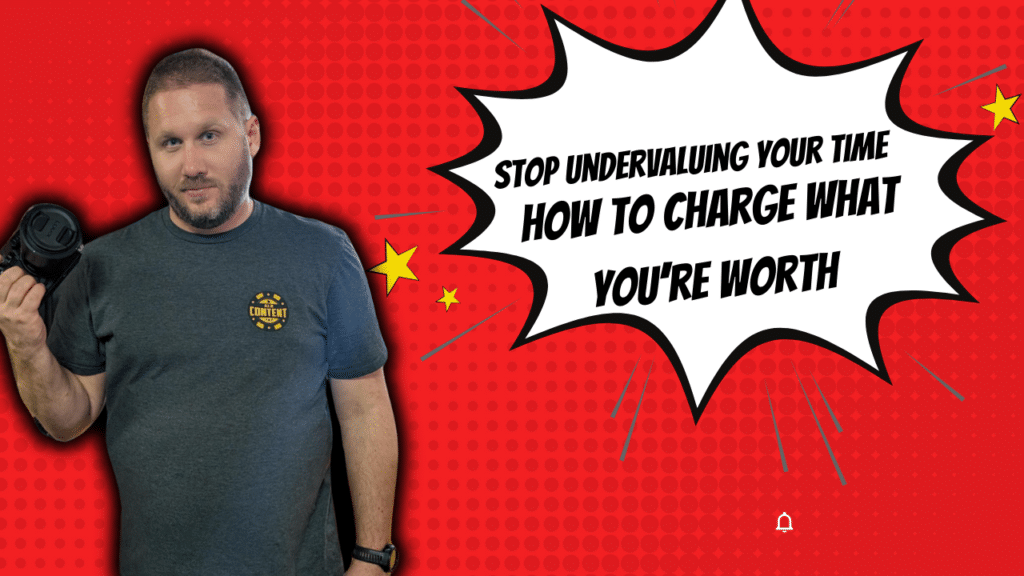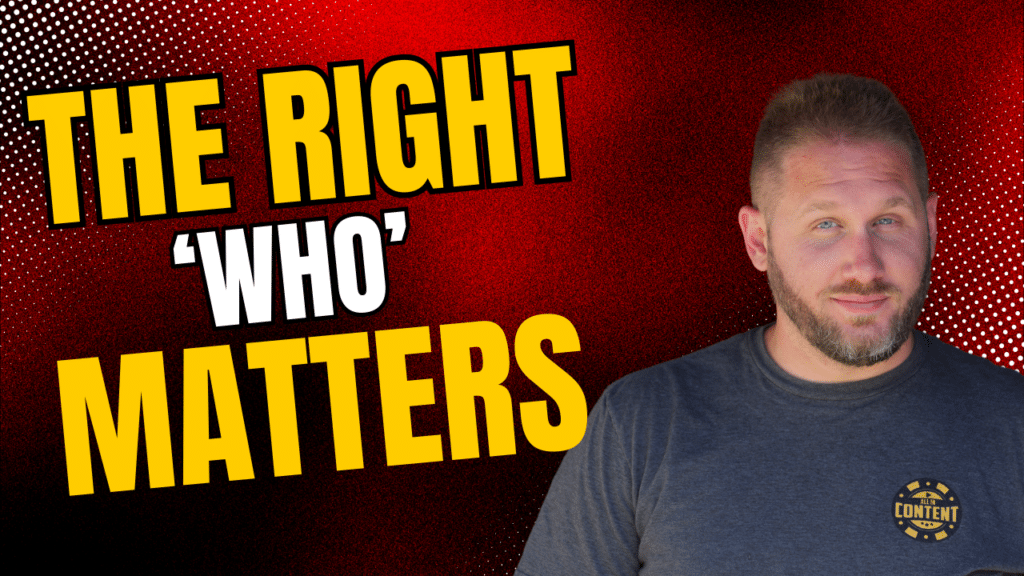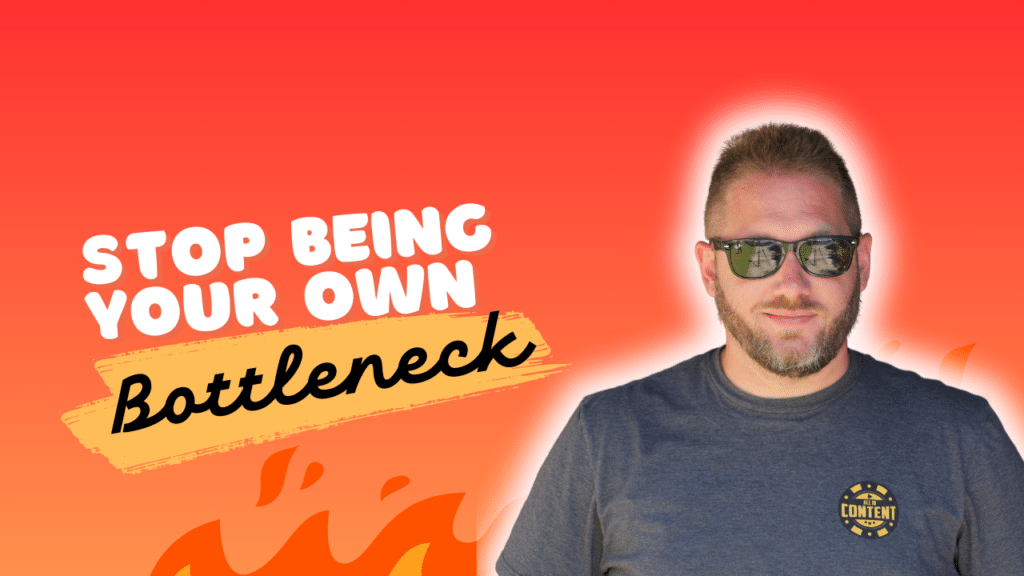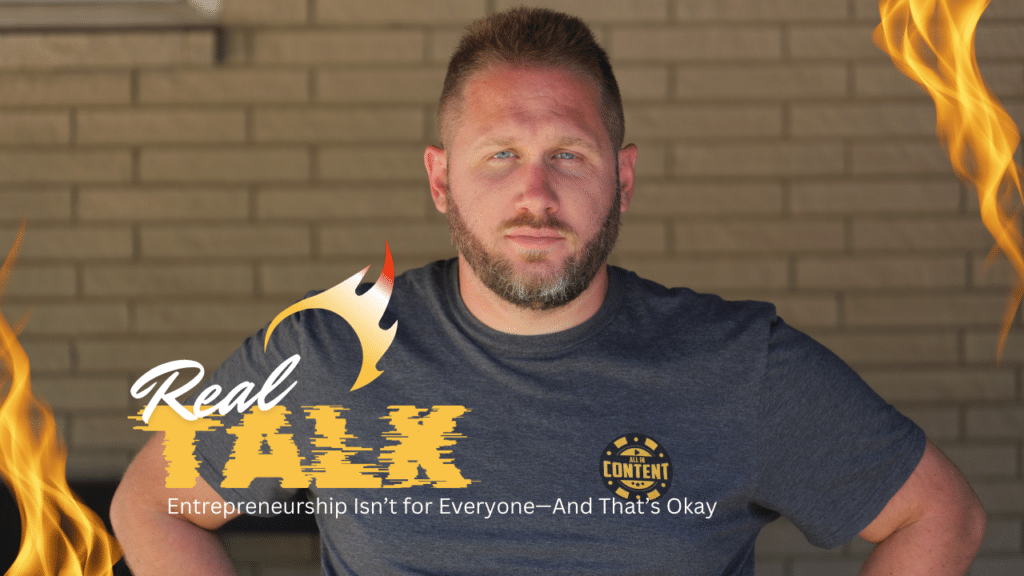Here’s the thing no one tells you: starting with the wrong business model might be the best thing that ever happens to you. Why? Because failure isn’t just a teacher—it’s a catalyst for growth, reinvention, and ultimately, success.
Many entrepreneurs waste time chasing the “perfect” model, terrified of making mistakes. But the truth is, screwing up early gives you clarity and a competitive edge. So, if you’re stumbling, pivoting, or flat-out failing right now, congratulations—you’re doing it right.
Why Picking the Wrong Business Model Happens to Everyone
Let’s be honest—no one gets it right the first time. Even the most successful entrepreneurs have started with ideas, products, or services that flopped. Here’s why:
- You don’t know what you don’t know: Until you’re in the trenches, you can’t anticipate every challenge.
- Markets evolve: What worked yesterday might not work today, and trends shift faster than you think.
- Customer needs aren’t always clear: It takes time to understand what your audience truly wants.
Starting with the wrong model isn’t a failure—it’s an initiation.
The Hidden Value of Failing Early
Failure is uncomfortable, but it’s also invaluable. Here’s what failing early teaches you:
- Resilience: You learn to bounce back and adapt.
- Problem-solving skills: Failure forces you to think critically and creatively.
- Customer insights: Each setback reveals what works and what doesn’t.
Every wrong turn is a lesson in what not to do—and those lessons are priceless.
Why Perfectionism Is the Enemy of Progress
Perfectionism kills more dreams than failure ever will. If you’re waiting for the perfect business model, you’re procrastinating.
Here’s why perfectionism is a trap:
- It delays action: You’ll never feel “ready,” and waiting for perfection means missing opportunities.
- It limits experimentation: Growth comes from testing, tweaking, and iterating.
- It creates unrealistic expectations: No business is flawless, and chasing perfection sets you up for disappointment.
Instead of aiming for perfection, aim for progress.
Learning to Pivot Like a Pro
The best entrepreneurs aren’t afraid to pivot. They know when to cut their losses, change direction, and try something new. Pivoting isn’t a failure—it’s a strategy.
Here’s how to pivot effectively:
- Analyze what’s not working: Identify the root cause of your challenges.
- Listen to your customers: Their feedback is your roadmap to improvement.
- Keep your vision, change the approach: Stay true to your “why,” but be flexible with your “how.”
Pivoting isn’t about giving up; it’s about leveling up.
Real-Life Examples of Failing Forward
Some of the most iconic businesses started with the wrong model:
- YouTube: Originally a video-dating platform, it pivoted to become the world’s largest video-sharing site.
- Slack: Before becoming a workplace communication tool, it was a failed video game company.
- Instagram: Started as a location-based check-in app before pivoting to photo sharing.
These stories aren’t exceptions—they’re proof that failure is part of the process.
Signs It’s Time to Pivot Your Business Model
How do you know if your current model isn’t working? Look out for these signs:
- Low customer engagement: If people aren’t buying or returning, something’s off.
- Unsustainable growth: If scaling your model feels impossible, it’s time to reassess.
- Market disconnect: If your offer doesn’t align with market demand, it’s a red flag.
Recognizing these signs early allows you to pivot before it’s too late.
Turning Failure Into Fuel
Failure isn’t just an obstacle—it’s an opportunity. When you embrace your mistakes, you unlock your potential to innovate and grow. Here’s how to turn failure into fuel:
- Own it: Acknowledge what went wrong without making excuses.
- Learn from it: Identify the lessons hidden in the setback.
- Apply it: Use what you’ve learned to make smarter decisions moving forward.
Good News: Your Wrong Business Model Is Setting You Up for Success
Here’s the irony: the wrong business model often leads you to the right one. Every failure sharpens your instincts, strengthens your resolve, and brings you closer to success.
If you’re stuck, struggling, or second-guessing yourself, remember: this is part of the process. Every successful entrepreneur has been where you are.
Picking the Wrong Business Model? Good. Here’s Why It Matters
Mistakes aren’t the end of your journey—they’re the beginning. When you embrace failure, learn to pivot, and keep moving forward, you position yourself for long-term success.
So stop beating yourself up over what didn’t work. Take the lessons, make the changes, and keep going. Your wrong business model is just a stepping stone to something extraordinary.
FAQs
What’s a business model, and why is it important?
A business model outlines how your business creates, delivers, and captures value. It’s crucial for sustainable success.
How do I know if my business model is wrong?
Look for signs like low customer engagement, unsustainable operations, or poor market fit.
What should I do if my business model isn’t working?
Analyze the issues, gather feedback, and pivot to a model that better aligns with your vision and market needs.
Can failure help me succeed?
Absolutely. Failure provides insights, builds resilience, and often leads to smarter decisions and stronger strategies.
What’s an example of a successful pivot?
YouTube pivoted from a dating platform to a global video-sharing site, proving the power of rethinking your approach.
How do I overcome fear of failure?
Focus on learning and growth rather than perfection. Every failure is a stepping stone to success.

